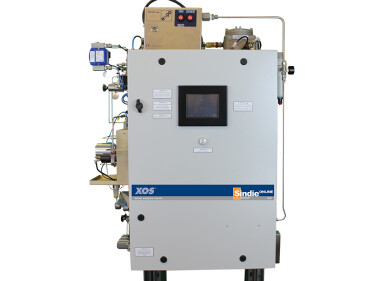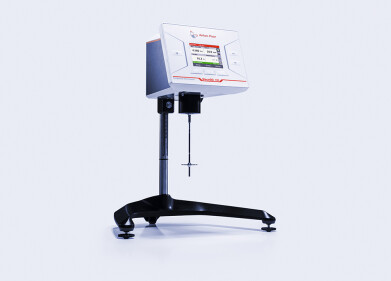Analytical instrumentation
A Solution to an Old Titration Problem
Dec 24 2010
There are various designs of titration vessels used on coulometric Karl Fischer titrators and they all have one thing in common, the interior of the titration vessel should be sealed from ingress of atmospheric moisture.
To achieve this, the most frequently used design is to have ground glass joints on the generator and detector electrodes which are then fitted into ground glass joints on the lid of the titration vessel. However it is well known that dry ground glass joints will have a tendency to stick to each other and then the problems begin.
The most expensive part of any coulometric Karl Fischer instrument is generally the glassware, especially the titration vessel and electrodes. If these become stuck then it can be a very costly exercise trying to separate them, often resulting in breakages.
To overcome this problem many manufacturers suggest smearing grease on the electrode joints or, alternatively, fit Teflon sleeves over the joints. Each of these methods are equally effective but they are also equally problematic. If grease is being used to seal the electrodes into place then it is necessary to turn the joint at least once per week to ensure that the grease has not dried out and the electrode stuck. This precaution is usually stated clearly in the user manual. Similarly, when the glassware is periodically cleaned and recharged with fresh reagents the teflon sleeve should also be cleaned, dried and refitted to the electrode joint. These sleeves are often lost or damaged which once again leads to
electrodes being stuck in the titration vessel.
Originally designed for coulometer users on North Sea oil and gas platforms, G.R. Scientific’s (UK) Low Drift Cell uses a special design of glass joint which will not stick or jam and is totally grease free. The connecting cap of the electrode is screwed down to compress the O-ring on to the top of the female joint which is part of the titration vessel, ensuring a perfect seal. To release the electrode simply unscrew the connecting cap and the loosening ring will lift the electrode free from the joint. Hassle free assembly and disassembly is guaranteed.
Digital Edition
PIN 25.6 Buyers' Guide
January 2025
Buyers' Guide Directory - Product Listings by Category - Suppliers Listings (A-Z) Articles Analytical Instrumentation - ASTM D7042: The Quantum Leap in Viscosity Testing Technology -...
View all digital editions
Events
Jan 20 2025 San Diego, CA, USA
Jan 22 2025 Tokyo, Japan
Jan 25 2025 San Diego, CA, USA
SPE Hydraulic Fracturing Technology Conference and Exhibition
Feb 04 2025 The Woodlands, TX, USA
Feb 05 2025 Guangzhou, China




















